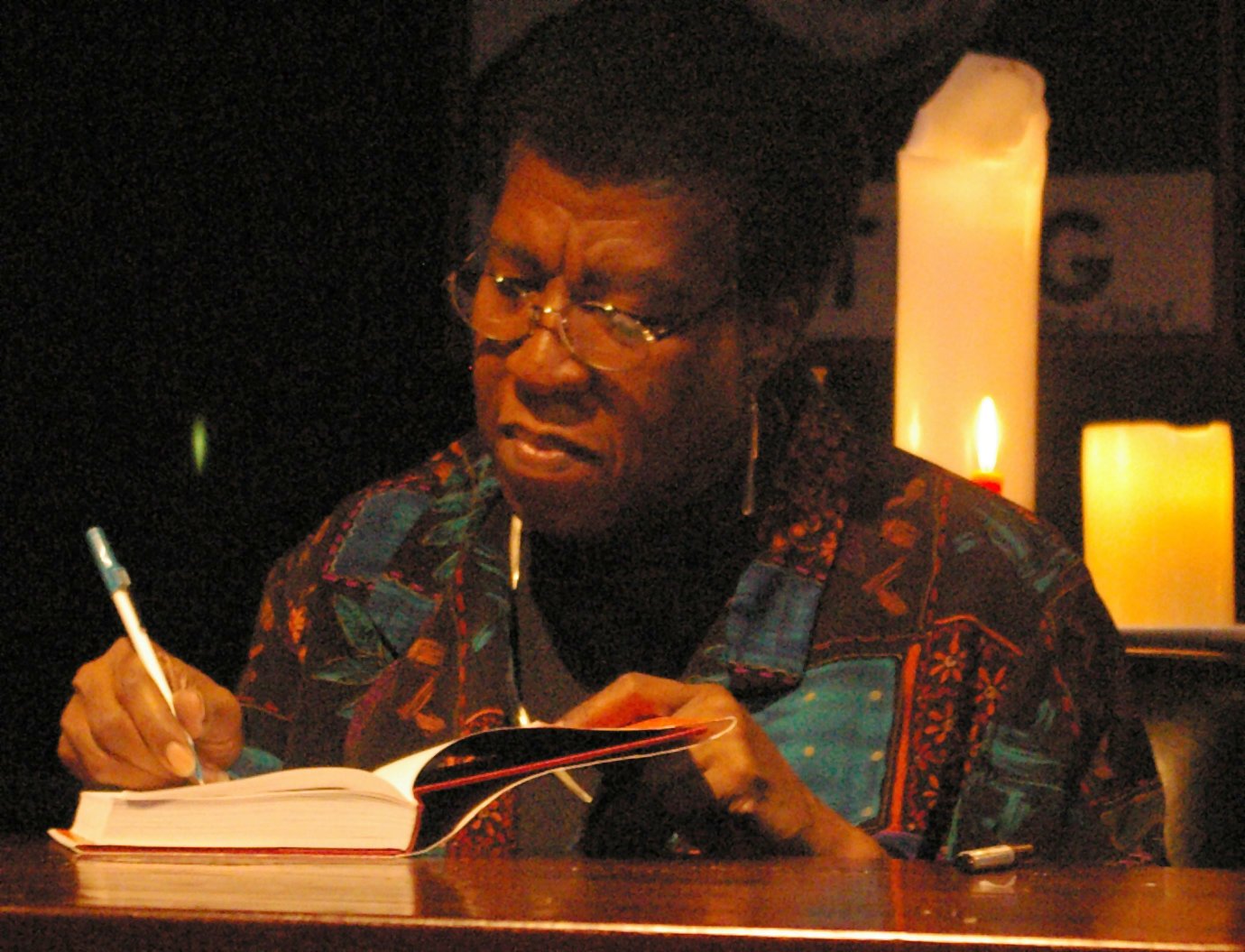The Golden Age of American Radio began in the 1930s and lasted well into the 50s. That makes nearly thirty Christmases, not one of which passed without special broadcasts by the major networks. This Christmas, thanks to The World War II News and Old Time Radio Channel on Youtube, you can experience the Golden Age’s three decades through 48 straight hours of holiday broadcasts. Strung like an audio garland in chronological order, these begin with an episode of NBC’s Empire Builders, quite possibly the first-ever Western radio drama, first broadcast on December 22nd, 1930 — a rare year from which to hear a recorded radio show at all, let alone a Christmas special. The compilation ends one day shy of 29 years later, with a Top 40 broadcast from WMGM in New York.
Throughout this all-Christmas listening experience, old-time radio enthusiasts will recognize many of America’s very favorite shows: Lum and Abner, Amos and Andy, Fibber McGee and Molly and The Great Gildersleeve, The Jack Benny Program and The Charlie McCarthy Show. For many seasonally appropriate episodes of those series as well as one-off variety broadcasts, networks would wrangle as many big names as they could into the studio, from Bob Hope and Lionel Barrymore to Gary Cooper and Frank Sinatra to Carmen Miranda and Ida Lupino (director, film noir fans know, of The Hitch-Hiker).
In 1947, CBS’ Lux Radio Theater put on a full production of It’s a Wonderful Life with Jimmy Stewart and Donna Reed, stars of the film that had come out just the year before. Even U.S. presidents like Franklin D. Roosevelt and Dwight D. Eisenhower turn up to deliver Christmas addresses.
Open Culture readers may well remember CBS’ 1941 production of Oscar Wilde’s “The Happy Prince” featuring Orson Welles and Bing Crosby, but even those of us who know our classic radio will hear a good deal in these 48 hours of broadcasts that we’ve never heard before. Though all of them celebrate the season in one way or another, they do so in a host of different forms and genres, even beyond the broad divisions of drama, comedy, music, and celebrity chat. In gradually passing from living memory, the golden age of American radio comes to seem a longer era than it was. But through that relatively brief window, opened by the household adoption of radio and closed by the rise of television, came an abundance of creativity that can still surprise us — and indeed inspire us — here at the close of the year 2020.
Related Content:
A Christmas Carol, A Vintage Radio Broadcast by Orson Welles and Lionel Barrymore (1939)
Bob Dylan Reads “‘Twas the Night Before Christmas” On His Holiday Radio Show (2006)
Based in Seoul, Colin Marshall writes and broadcasts on cities, language, and culture. His projects include the Substack newsletter Books on Cities, the book The Stateless City: a Walk through 21st-Century Los Angeles and the video series The City in Cinema. Follow him on Twitter at @colinmarshall, on Facebook, or on Instagram.




